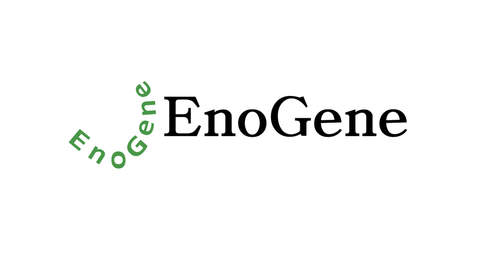Product Description
TRPC5 Antibody | 57-257 | ProSci
Host: Rabbit
Reactivity: Human
Homology: Predicted species reactivity based on immunogen sequence: Mouse, Rabbit
Immunogen: This TRPC5 antibody is generated from rabbits immunized with a KLH conjugated synthetic peptide between 254-283 amino acids from the N-terminal region of human TRPC5.
Research Area: Obesity, Neuroscience, Signal Transduction
Tested Application: WB, IHC-P
Application: For WB starting dilution is: 1:1000
For IHC-P starting dilution is: 1:10~50
Specificiy: N/A
Positive Control 1: N/A
Positive Control 2: N/A
Positive Control 3: N/A
Positive Control 4: N/A
Positive Control 5: N/A
Positive Control 6: N/A
Molecular Weight: 111 kDa
Validation: N/A
Isoform: N/A
Purification: This antibody is purified through a protein A column, followed by peptide affinity purification.
Clonality: Polyclonal
Clone: N/A
Isotype: Rabbit Ig
Conjugate: Unconjugated
Physical State: Liquid
Buffer: Supplied in PBS with 0.09% (W/V) sodium azide.
Concentration: batch dependent
Storage Condition: Store at 4˚C for three months and -20˚C, stable for up to one year. As with all antibodies care should be taken to avoid repeated freeze thaw cycles. Antibodies should not be exposed to prolonged high temperatures.
Alternate Name: Short transient receptor potential channel 5, TrpC5, Transient receptor protein 5, TRP-5, hTRP-5, hTRP5, TRPC5, TRP5
User Note: Optimal dilutions for each application to be determined by the researcher.
BACKGROUND: This gene belongs to the transient receptor family. It encodes one of the seven mammalian TRPC (transient receptor potential channel) proteins. The encoded protein is a multi-pass membrane protein and is thought to form a receptor-activated non-selective calcium permeant cation channel. The protein is active alone or as a heteromultimeric assembly with TRPC1, TRPC3, and TRPC4. It also interacts with multiple proteins including calmodulin, CABP1, enkurin, Na (+) -H+ exchange regulatory factor (NHERF ) , interferon-induced GTP-binding protein (MX1) , ring finger protein 24 (RNF24) , and SEC14 domain and spectrin repeat-containing protein 1 (SESTD1) .
 Euro
Euro
 USD
USD
 British Pound
British Pound
 NULL
NULL












